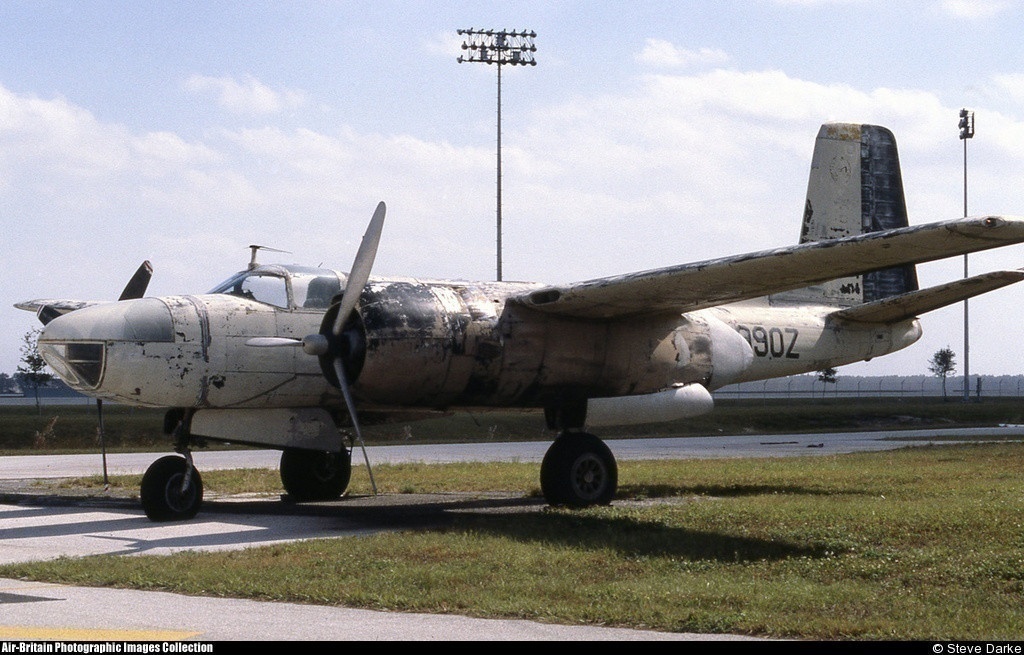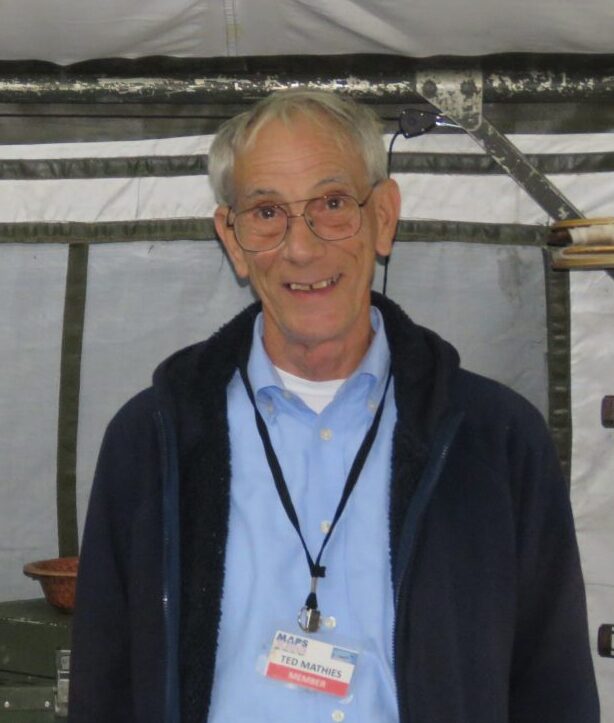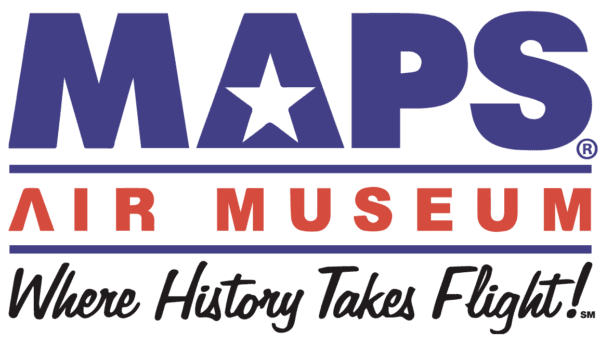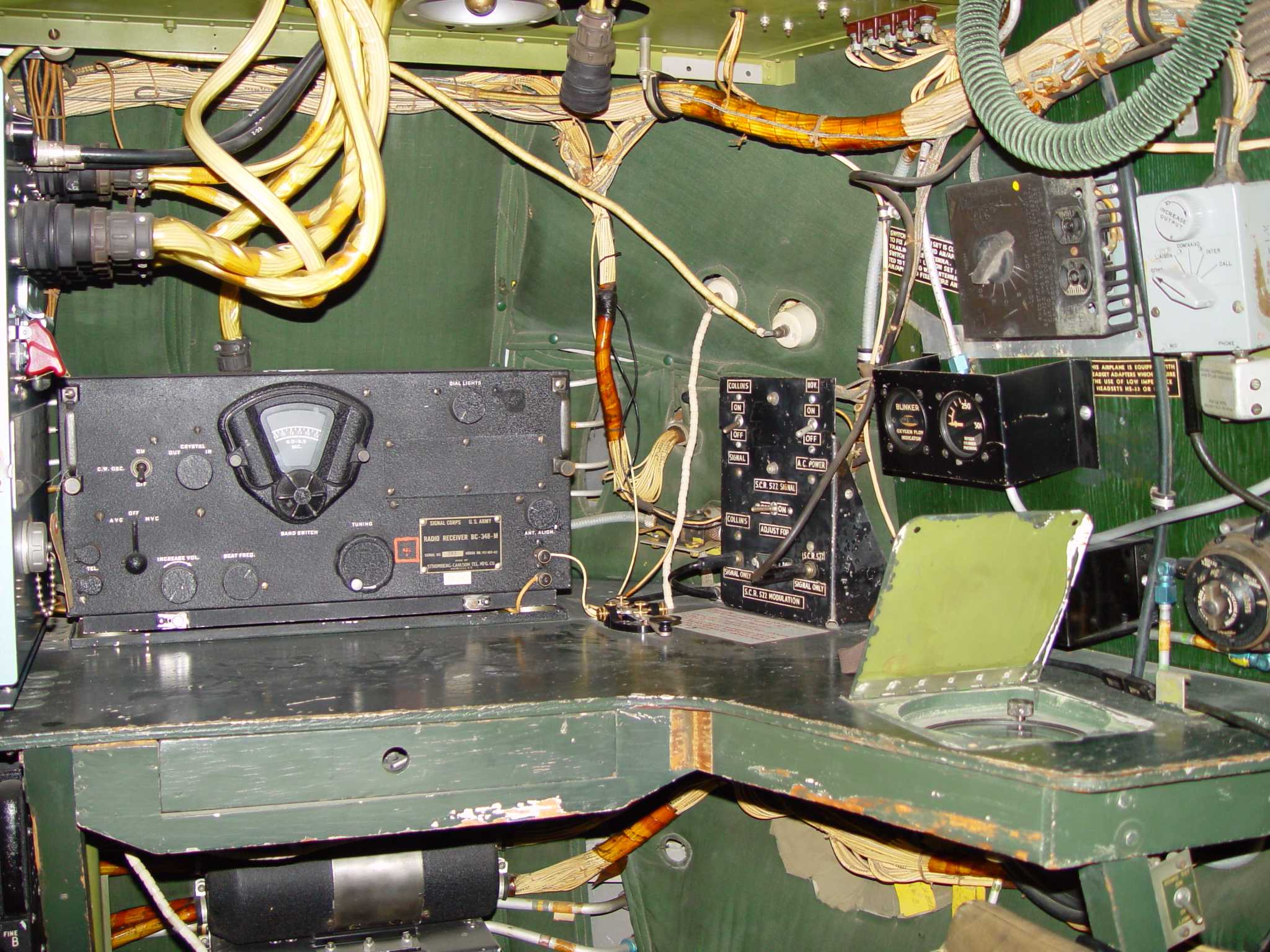
Aircraft swap in the Restoration building
November 11, 2018
Mathies: A Medic’s Story
November 15, 2018A typical large bomber during World War 2 had a crew of up to 10 members. This consisted of the pilot, co-pilot, navigator, radioman, bombardier and up to 5 gunners located on strategic positions along the aircraft. And surprisingly for the early 1940’s, the aircraft was loaded with electronics.
Update on MAPS own B-26 radio addition and Airwaves Radio Corner display area.
Aircraft Radio Functions
- Liason radio was used for plane to ground base communications by the radioman. The predominate liason transmitter used during World War 2 was the BC-375E. Towards the end of World War, the BC-375E was being replaced by the more technologically advanced ART-13. Both transmitters were used inconjunction with the BC-348 receiver. The ART-13 would be used on bombers well into the era of the Korean conflict.
- Command radio was used for plane to plane communications. The predominate command installation during World War was the SCR-274N command series receiver and transmitter. A typical setup would include two command transmitters and three command receivers. Early in the war, similar looking equipment known as the ARC-5 command series was used.
- Compass radio was a receiver used by the navigator to fix the plane’s position via triangulation of two or more known ground based stations. The compass receiver had a directional loop antenna and received long waves 100-550 kc as well medium waves 550-1500 kc. A typical compass receiver (used on the B24) was the BC-434A, part of the SCR-269-C installation..
- Beacon radio was a very simple receiver used for instrument landing during adverse conditions such as fog. A typical unit used on the B-24 was the BC-357-B which operated at 75 mhz.
- Interphone system was a complex intercom system on the plane which linked up all crew members (each with a headset and throat microphone). A typical set-up consisted of a BC-347 amplifier unit and ten BC-366 Jack Boxes (one at each crew member’s station located throughout the plane). Each jack box had the capability to select the liason radio, command radio, compass radio or call other crew members.
From our MAPS Airwaves Radio Corner member, Richard Willaman.
Here are links to interviews with these Bomber radio veterans:
Bill Gros, from the the B-24 Liberator, Eagle Beaver
Mike Yonkovig, WWII B-24 Liberator veteran
B-17 Flying Fortress radio compartment
B-29 Superfortress veteran shares memories
Article with Photos and descriptions/types of radio at the Radio Operators Position

